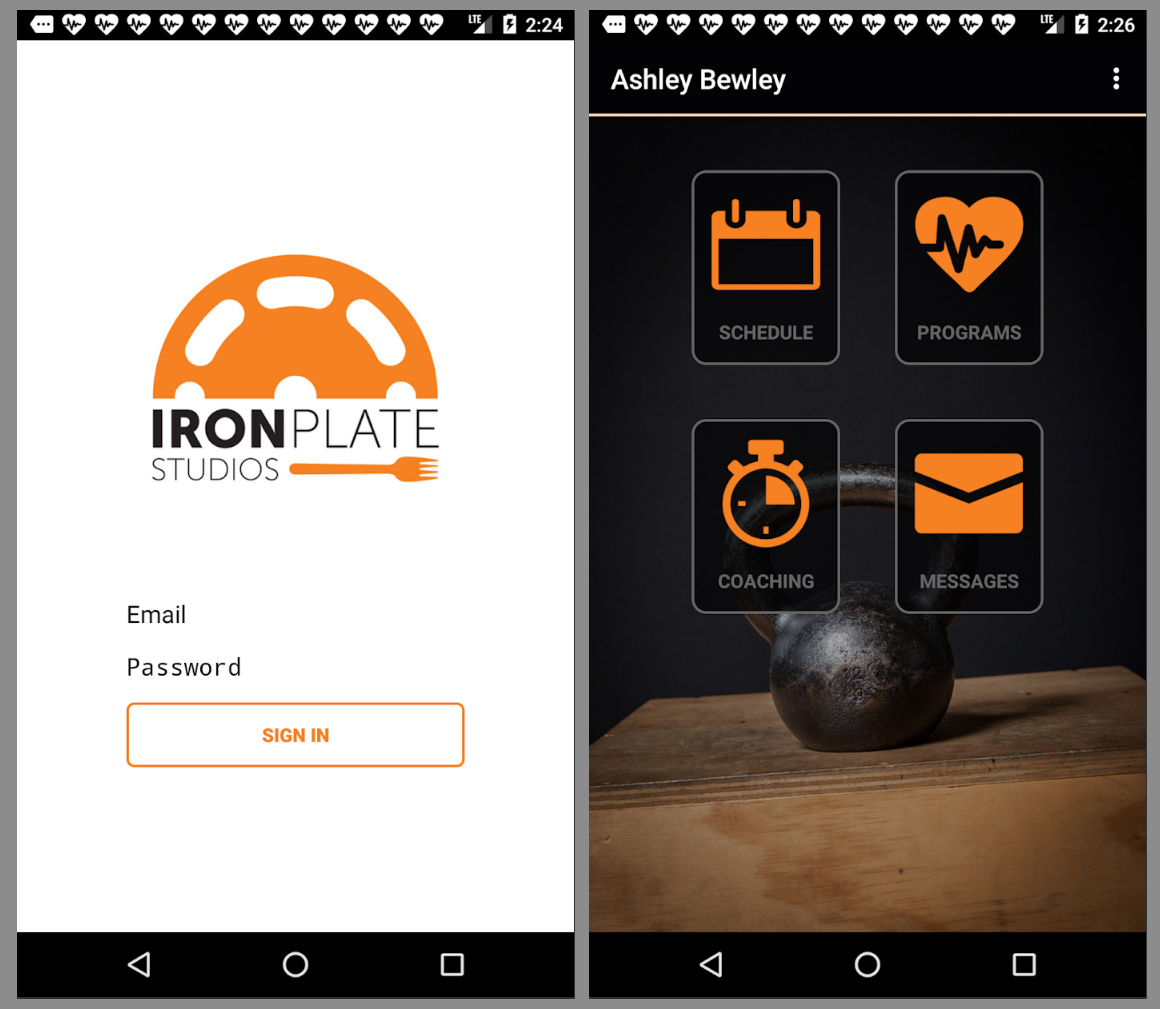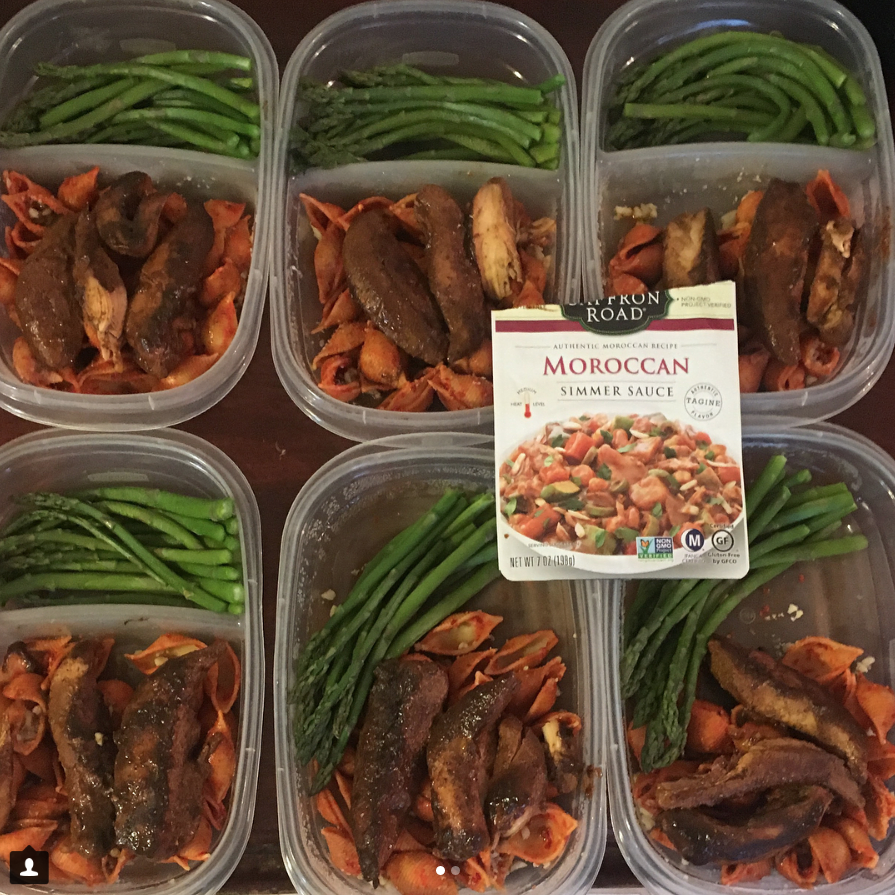Adding something new to your well-oiled routine is a challenge at first, but with consistency, over time, it becomes another habit of your daily life. This is also true for adding exercise or making changes in your diet. Change is hard, but if you are ready for it, there are steps you can take to make it easier.
In 2002, researchers at New Mexico State University studied 266 individuals who worked out at least three times a week. They wanted to know why these individuals exercised regularly and continued to keep it as part of their routine despite anything else that was happening in their lives. Each individual had a variety of reasons for beginning their routine; to relieve stress, finally had free time, get healthier, etc., however, the reason 92% of them continued to exercise was that it made them “feel good”. Their bodies craved the reward of the increased endorphins and/or sense of accomplishment they felt tracking their continued progress. (2) What does it take to get to the point of craving the reward?
Mindset/Motivation
You have to be in the right mindset to be able to make a change. You need to have a strong desire for this change to be part of your life. Do you really care about this habit? If yes, why? What is your motivation?Ignore your inner excuses
Our body prefers to make things easier for us. When something is habit, or routine we do it without thinking. Adding something new to a routine requires us to be aware of our actions, which is challenging at first. Because of this, we tend to come up with all kinds of excuses as to why something won’t work. Shifting your focus from reasons you can’t do something, to what you can do with the resources available to you, will help you limit your excuses.What is your reward?
What is your reward for the behavior you are adding? Do you feel good after your exercise or eat a healthy meal?, Feel less stressed?, Have more energy?, Feel more satisfied with your new diet? Find out what it is that gives you satisfaction during the behavior as well as once it’s complete. This is your reward.Make conscious decisions and stick to them
Example: You are trying to eat better but are meeting friends out for dinner or drinks. Before you go, don’t deprive yourself of enjoyment, but set preplanned limits for yourself. Maybe you will only have two drinks, or you’ll avoid the drinks but have dessert, or appetizers, etc. Make peace with the decision you have made so you don’t feel guilty later. It’s OK to indulge in small doses, part of this process is learning what is worth the enjoyment and what isn’t. Be careful not to let peer pressure increase your limits when you get there. This can make you feel guilty and trigger “all or nothing” response causing you to overindulge.Don’t talk about it
This goes hand in hand with #4. If you’re trying to eat better, don’t stand around the food table at a party and announce to everyone nearby: “I shouldn’t be eating this” or “I’m only allowing myself to have…” or “I can’t have those, I’m trying to…insert excuse here…”. These statements welcome comments from your peers such as: “Oh live a little!”, “A little won’t hurt you!” etc. You’ll find that very few people are going to be supportive of your statements and consciously or unconsciously try to talk you out of your preplanned limits. Once you’ve made your decision stick with it, don’t make a huge deal out of it and you’ll find people won’t notice or judge your actions either way.
It takes humans an average of 66 days for a new habit to become routine. The actual range can vary person to person to be anywhere from 18-254 days. That huge range covers less than a month to a little over 8 months! So don’t get frustrated when after a couple weeks, you still find yourself struggling to get that habit to stick. When creating a new habit, we have to keep repeating our new routines to train our brains to make it an automatic. To do this we use something called “The Habit Loop.”
The Habit Loop
Cue/Trigger: triggers brain to initiate a behavior
Routine or Response: actually performing the behavior
Reward: feeling after completing the behavior, achieving the goal or performing the response
For your behavior to become a habit, all of 3 of these must happen each time the behavior is performed.
For this example, our new desired habit will be working out before work.
Cues:
Create a visual cue:
Keep sneakers in plain sight or a place you have to step over them to get to your next location
Lay your clothes out in a convenient location prior to going to bed
Sleep in the clothes you plan to work out in
Put the scale where you’ll see it first thing
Hang your goals somewhere you see multiple times a day
Get rid of potential excuses
In the winter set the thermostat so the room is warmer by the time your alarm goes off. You’ll be more likely to get out of bed if you’re not freezing when you wake up.
If you know the weather will be bad, set up appropriate clothing ahead of time or prepare a workout to do at home
Go to bed at a reasonable hour (this may involve creating a second habit)
Create a chart to check off once your workout is completed. Leave it in a place you will see multiple times a day.
Take to a blog or social media to have a base of people to report your progress to
Schedule your workout on the calendar, similar to how you would another meeting.
Tie it in with a current habit
Your current routine is, alarm, shower, breakfast, and then work.
New routine will be: alarm, workout, shower, breakfast and then work.
*Trigger-Alarm, New habit-Workout
Get up at same time every day regardless of whether you’re working out or not. Eventually your body will adapt and you will routinely be ready for that early AM workout.
**This may be trial and error to find what works for you. Consult with your trainer, friends or family for suggestions and support!
Routine/Response
You have performed the new behavior. Take note of how you feel before, during and after.
Reward
What is your reward for completing your behavior? Feeling of accomplishment? Happy to be done for the day? Better mood? Increased strength? Better sleep? What is yours? Write it down.
Eventually this is what your body will desire and crave cuing you to continue your behavior.
It’s important that despite everything, you continue to repeat this loop until your habit is formed. You don’t have to be all or nothing however. If time is an issue one day, even an abridged version of your routine will be helpful making your new behavior a habit. For example: If you have an early meeting and can’t do your originally scheduled workout, try at least a modified version. Do a couple push-ups, squats and/or sit-ups quick before jumping the shower. This helps cue the brain that your loop is still intact. Loop: Alarm, workout, shower, breakfast, and then work.
Sometimes when creating a new habit we aren’t aware of all the parts that are involved in making it routine. Something such as starting a new job is always awkward at first and can take up to 6months or longer for us to feel comfortable and familiar. We keep at it because we have to, in order to get our paycheck (the reward) to pay for the things we need. Prioritizing time to work on diet and exercise as an important part of your day will help it become something you soon won’t have to think about but automatically do.
“You’ll never change your life until you change something you do daily. The secret of your success is found in your daily routine.”- John C. Maxwell
If you’re serious about making a change in any aspect of your life, know that time, hard work, and consistency are key. If you stick with it, the reward will be a new involuntary habit.
Sources:
1) https://jamesclear.com/three-steps-habit-change
2) “The Power of Habit” by Charles Duhigg





















































